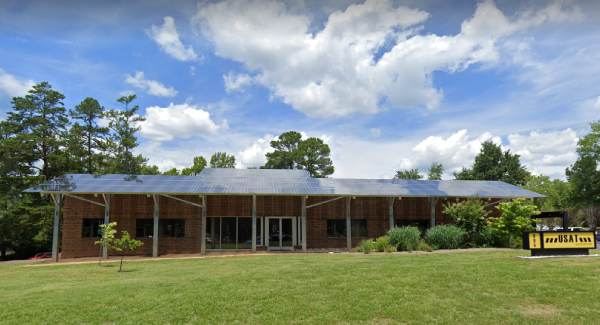What Is the Internet of Things (IoT)?
The concept of the Internet of Things (IoT) involves connecting various objects - such as street lights, drones, smart meters, water treatment systems, electric vehicle chargers, air compressors, and more - through the use of embedded modules, routers, and other edge devices to the internet. This connection allows for data collection and transfer, providing an opportunity to monitor, manage, control, and optimize their functions beyond what was previously achievable.
The IoT is revolutionizing the economy and driving industries towards a subscription-based model. Its numerous applications contribute to improving farming methods, making the power grid more efficient, enhancing supply chains, increasing the reliability of industrial equipment, and ensuring safer roads and sidewalks. Furthermore, the IoT enables manufacturers to build relationships with end-users.
What are M2M communications?
What is a Band?
What Are SIM Cards?
What is Firmware Over-the-Air (FOTA)?
What is a Positioning System?
What is the Industrial Internet of Things (IIoT)?
What is a Low-Power Wide-Area (LPWA) network?
LPWA, also known as mobile IoT, utilizes low-power, wide-area networking technologies like LTE-M and NB-IoT to transmit data at slower rates than other cellular technologies. However, LPWA is more cost-effective, energy-efficient and provides better wireless coverage in buildings, underground, and rural locations. It can also support more devices within a small area than other cellular technologies.
As a result, LPWA is an ideal option for IoT applications that require minimal data transmission, such as asset tracking, smart home battery monitoring, and safety shoe management.
What is LTE (Long-Term Evolution)?
What is 5G?
The fifth generation wireless cellular technology standard is 5G and succeeds the previously known 3G and 4G standards that are widely used today. This new standard allows smartphones, wireless gateways, embedded modules, and other wireless communication devices to operate across different networks as long as they support the common technology standard.
The 3rd Generation Partnership Project (3GPP), a global organization responsible for setting wireless standards, published 5G, which comprises two different technologies: 5G Long Term Evolution (5G LTE) and 5 New Radio (5G NR).
What is Data Orchestration?
What are Edge-to-Cloud IoT solutions?
End-to-end IoT solutions that connect edge devices to the cloud enable companies to seamlessly build, deploy, manage, and update their IoT applications. These solutions cover everything from edge devices such as modules, routers, and gateways, to the networks they use, like cellular and Wi-Fi, and up to the cloud. This includes managing wireless connectivity and over-the-air firmware updates for edge devices.
By combining these end-to-end solutions with data orchestration technologies, businesses can enhance their IoT applications by refining how data is collected, filtered, and prioritized. This data can then be integrated into various cloud-based IT systems like ERP, CRM, and data analytics. With edge-to-cloud IoT solutions, companies can securely access and act on all the asset data generated by their IoT applications.
What is NB-IoT?
About USAT
For over 25 years, USAT has provided mobile communications solutions for various retail applications across the USA. With our extensive catalog of world-class routers, gateways, and software designed for remote monitoring and management in even the harshest environments — you can count on us to get and keep you connected.
Better mobile connectivity translates to less manual equipment maintenance, reduced downtime, and an overall increase in your business's ROI. Contact the experts at USAT to learn how our wireless networking solutions can help meet your organization's exacting needs.
Share this Post














